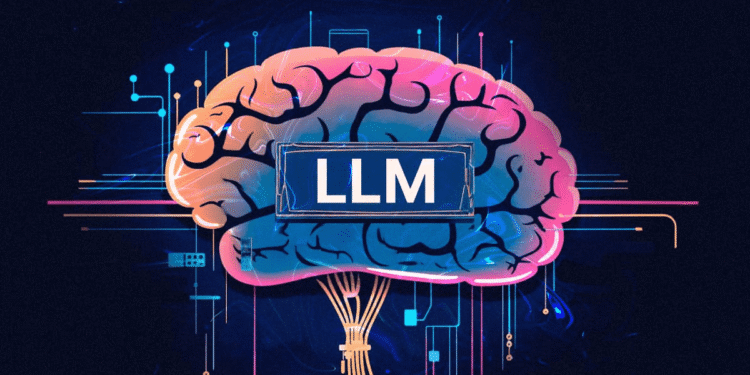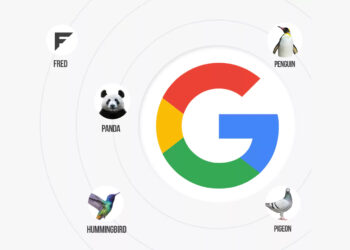Large Language Models (LLMs) like ChatGPT, Perplexity, and Google Gemini are transforming how users discover and consume content. Here’s how publishers can prepare their websites for this AI-first future.
What Does “LLM-Ready” Mean?
Being LLM-ready means your content is easily discoverable, understandable, and usable by AI models that summarize or answer user queries. Unlike traditional SEO, LLM-readiness focuses on structured, factual, and transparent content that can be safely referenced by AI agents.
1. Create a Clear /llms.txt File
Just like robots.txt controls search engine bots, llms.txt informs LLMs how to interact with your content. Place this file at the root of your domain and include:
- Usage permissions: Allow or disallow AI crawlers
- Attribution policy: Require credit or backlinks
- Contact email: For content requests or takedowns
- Content summary: What your site covers and key topics
Example:
User-Agent: * Allow: / Attribution: required Contact: editor@adigitalboom.com Topics: Marketing, Tech, Digital Trends, MENA
2. Use Clean, Semantic HTML
LLMs parse your site differently than search crawlers. Avoid div-heavy code and focus on semantic tags:
<h1>to<h3>for headlines<p>for paragraphs<blockquote>for quotes- No inline styles or complex nesting
This helps LLMs segment your content, understand context, and quote you correctly.
3. Add Structured Data with JSON-LD
LLMs prefer structured metadata. Use Schema.org Article markup to help AI understand your content type, authorship, and publication date. Example:
<script type="application/ld+json">
{
"@context": "https://schema.org",
"@type": "Article",
"headline": "How to Become LLM-Ready in 2025",
"author": {
"@type": "Organization",
"name": "Digital Boom"
},
"datePublished": "2025-05-26",
"mainEntityOfPage": "https://adigitalboom.com/llm-ready-guide"
}
</script>4. Write for Both People and Machines
LLMs reward clear, factual writing. Avoid filler, fluff, and jargon. Structure articles with:
- Short, fact-rich paragraphs (2–4 lines)
- Clear headlines every 300–400 words
- Relevant quotes and expert sources
LLMs often pull exact sentences. Make sure each one can stand alone and convey useful meaning.
5. Include FAQs and Definitions
LLMs love structured Q&A. Include “People Also Ask” style questions using real search queries. Add simple definitions for industry terms to increase the chance of being cited or featured in AI summaries.
6. Respect Attribution and Transparency
State your attribution expectations in your /llms.txt and footer. LLMs are more likely to cite and link back if you set clear, human-readable rules.
Why It Matters
LLMs are already reshaping traffic flows. Users are spending more time with AI summaries and less on direct search results. To remain visible, your content must be AI-compatible, structured, and easy to interpret programmatically.
Being LLM-ready doesn’t replace SEO—it future-proofs it.
What is LLM-readiness?
LLM-readiness means structuring your website so that AI models can accurately read, quote, and understand your content.
Should every site have an llms.txt file?
Yes. It’s a new best practice for transparency and AI access control, similar to robots.txt for search engines.
Do LLMs help my SEO?
Indirectly, yes. They improve discoverability in AI summaries, answer engines, and voice assistants.
What content types are best for LLMs?
Clear news articles, how-to guides, definitions, and fact-based analysis are most LLM-friendly.
Will LLMs replace traditional SEO?
No—but they’re changing how content is discovered. LLM-readiness complements SEO, not replaces it.





